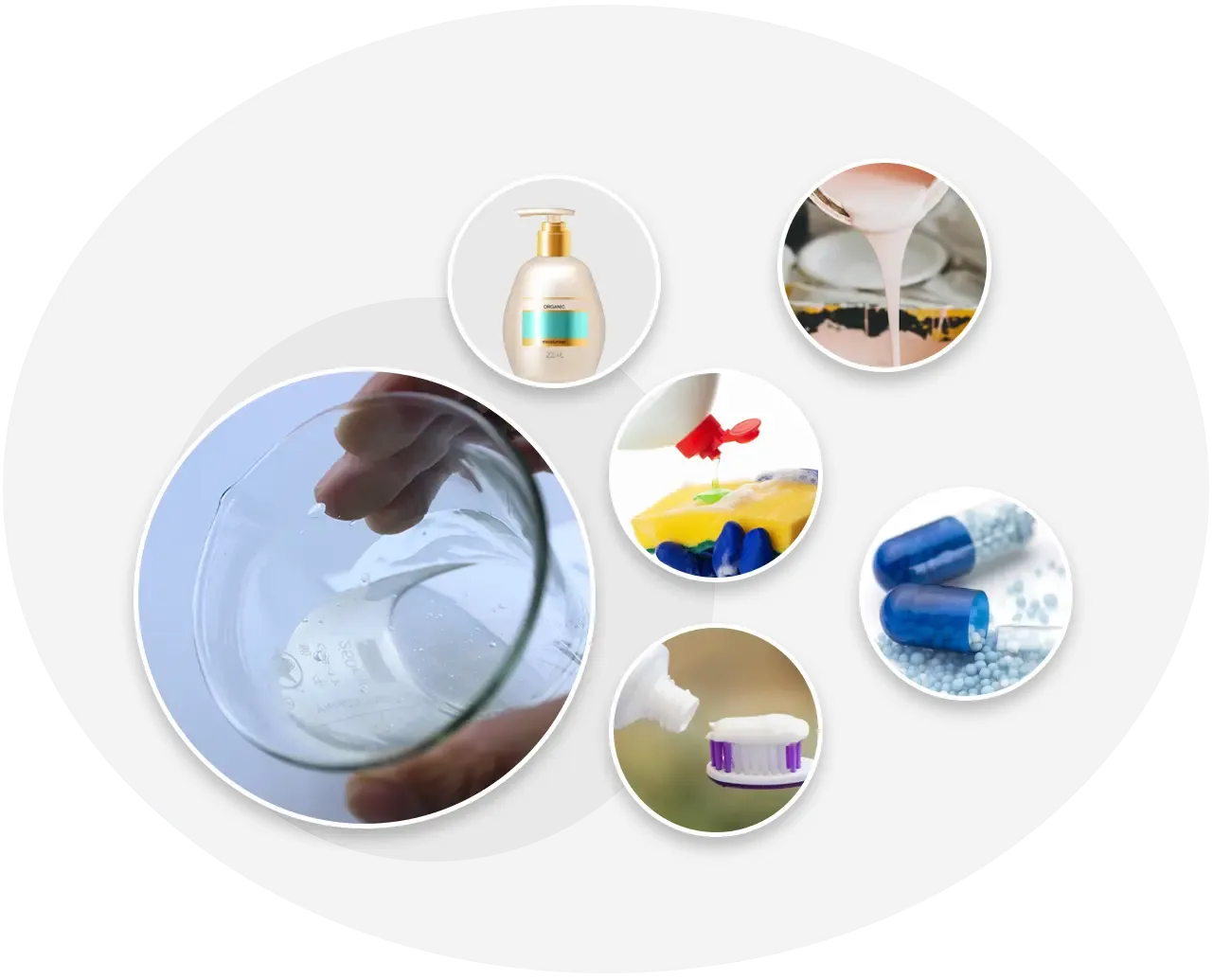
Dùbh . 11, 2024 11:59 Back to list
hpmc tile adhesive
HPMC Tile Adhesive A Comprehensive Overview
When it comes to tiling applications, the choice of adhesive plays a significant role in ensuring the durability and longevity of the installation. Among the various types of tile adhesives available in the market, Hydroxypropyl Methylcellulose (HPMC) has gained popularity due to its unique properties and performance advantages. This article explores the features, applications, and benefits of HPMC tile adhesive, providing insight into why it is considered a preferred choice among professionals in the construction and renovation industry.
What is HPMC?
Hydroxypropyl Methylcellulose is a non-ionic cellulose ether derived from natural cellulose. It is modified through a chemical process that enhances its properties, making it highly effective as a thickening agent, binder, and film-forming agent in various applications. HPMC is valued for its water retention, workability, and adhesion properties, which significantly contribute to the performance of tile adhesives.
Key Features of HPMC Tile Adhesive
1. Water Retention One of the standout features of HPMC is its excellent water retention capability. This property ensures that the adhesive maintains a workable consistency, allowing for longer open time during installation. It means that tilers have ample time to adjust tiles without the adhesive drying out too quickly.
2. Ease of Use HPMC tile adhesives are typically easy to mix and apply, making them suitable for both professional tilers and DIY enthusiasts. The smooth texture and good compatibility with different substrates enhance the overall tiling experience.
3. Improved Flexibility HPMC-based adhesives offer increased flexibility, which is crucial for tile installations in areas that may experience temperature fluctuations or slight movement. This flexibility helps to prevent cracking and ensures a more resilient installation.
4. Enhanced Adhesion The binding properties of HPMC provide strong adhesion to a variety of tile materials, including ceramic, porcelain, and natural stone. This versatility makes it a go-to choice for various tiling projects, from residential bathrooms to commercial spaces.
hpmc tile adhesive

5. Eco-Friendly As a cellulose-based product, HPMC is considered more environmentally friendly compared to some synthetic adhesives. This aspect is appealing to contractors and homeowners looking for sustainable building solutions.
Applications of HPMC Tile Adhesive
HPMC tile adhesive can be used in a wide range of applications, including
- Wall and Floor Tiling HPMC is suitable for setting ceramic tiles, porcelain tiles, mosaics, and even larger format tiles on both walls and floors.
- Wet Areas Given its water-retention properties and resistance to moisture, HPMC tile adhesive is often recommended for use in bathrooms, kitchens, and other wet areas.
- External Installations The adhesive can also be used for outdoor applications, allowing for tiling on patios, balconies, and facades where durability and resistance to weather conditions are paramount.
Conclusion
HPMC tile adhesive stands out in the realm of tile installation for its exceptional features and adaptability. With its superior water retention, flexibility, and adhesion properties, HPMC offers a reliable solution for tilers seeking efficiency and quality in their work. Whether you are a professional or a DIY enthusiast, understanding the advantages of HPMC can help ensure a successful tiling project. As construction technologies evolve, HPMC tile adhesive remains a testament to how innovative materials can significantly enhance traditional practices in the building industry.
-
Unlocking the Benefits of HPMC Products: A Gateway to Versatile Applications
NewsAug.07,2025
-
Unleashing the Potential of HPMC Ashland: A Comprehensive Look
NewsAug.07,2025
-
Tile Bonding Cellulose: The Key to Superior Adhesion and Durability
NewsAug.07,2025
-
Hydroxypropyl Methylcellulose Powder: The Versatile Component in Modern Pharmaceuticals
NewsAug.07,2025
-
Hydroxyethyl Cellulose: The Versatile Solution for Various Industries
NewsAug.07,2025
-
Hydroxyethyl Cellulose (HEC): The Versatile Polymer for Various Applications
NewsAug.07,2025







